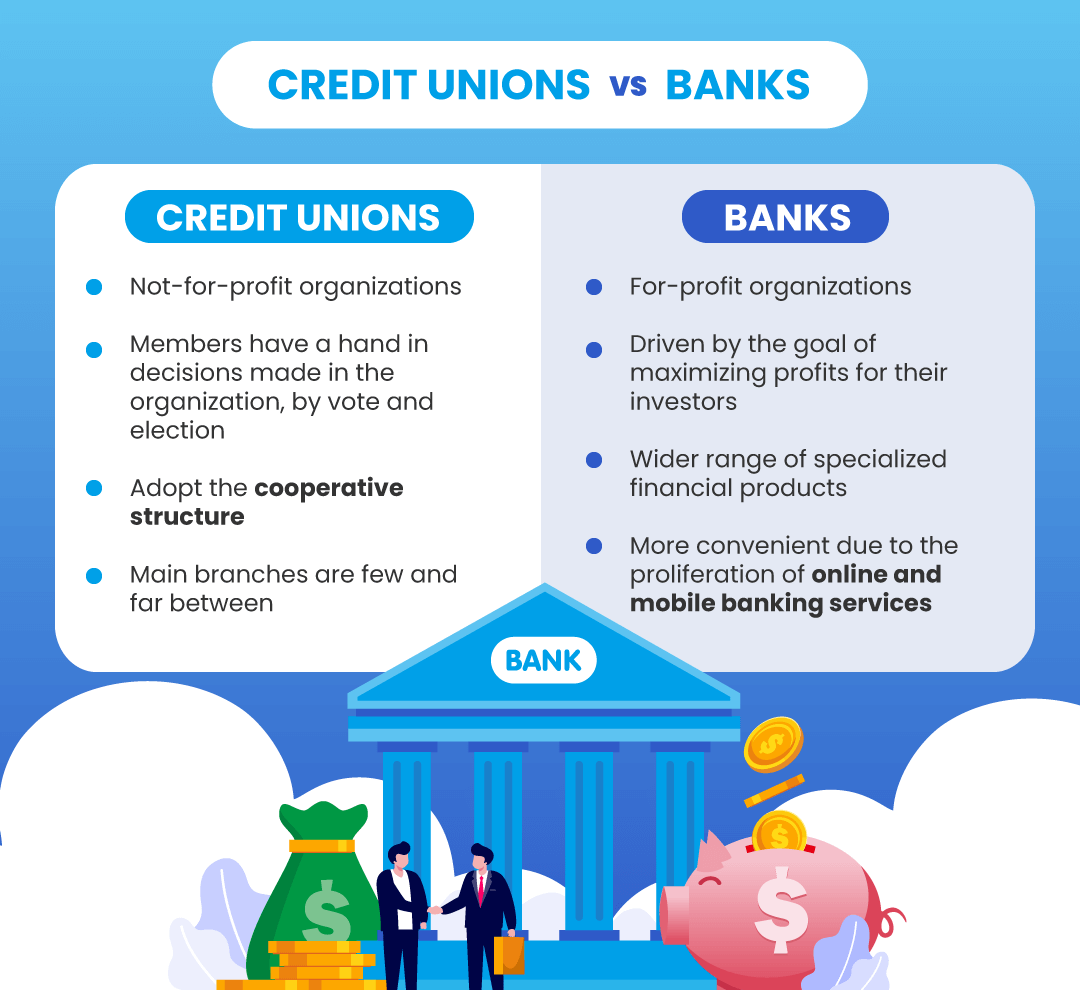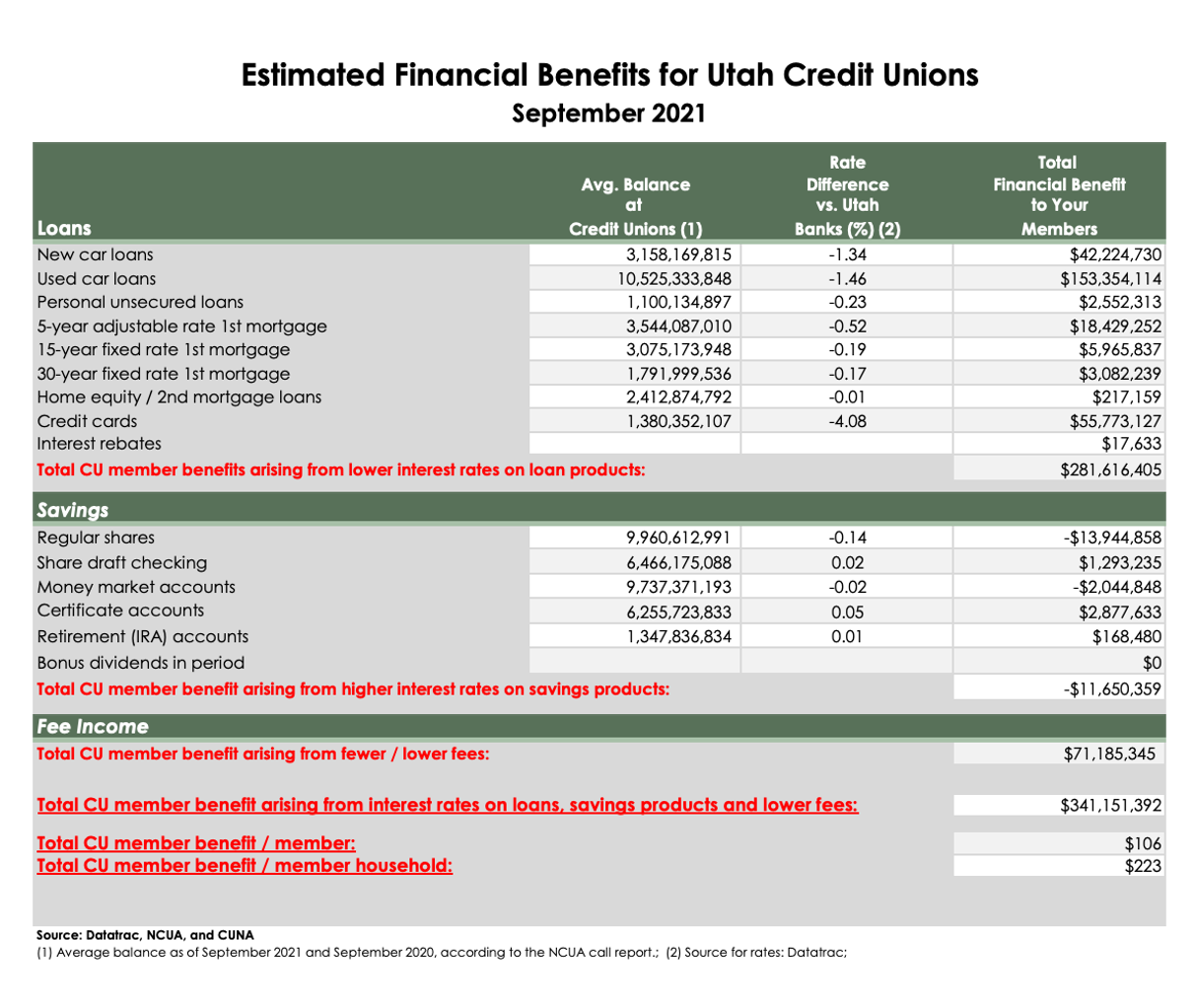Join a Credit Union in Wyoming: Personalized Financial Services for You
Join a Credit Union in Wyoming: Personalized Financial Services for You
Blog Article
The Ultimate Overview to Understanding Credit Report Unions

Lending institution stand as special monetary entities, rooted in concepts of mutual assistance and member-driven operations. Beyond their fundamental worths, recognizing the complex functions of credit unions involves a deeper expedition. Deciphering the complexities of subscription eligibility, the evolution of solutions supplied, and the unique advantages they bring requires a thorough examination. As we browse with the ins and outs of lending institution, an insightful trip awaits to lose light on these member-focused establishments and how they differ from traditional financial institutions.
What Are Credit Scores Unions?
Cooperative credit union are member-owned banks that supply a variety of financial solutions to their members. Unlike typical financial institutions, cooperative credit union operate as not-for-profit companies, indicating their main focus is on offering their participants instead of optimizing earnings. Members of a lending institution commonly share a common bond, such as functioning for the same company, belonging to the exact same neighborhood, or becoming part of the very same company.
Among the vital advantages of credit rating unions is that they frequently offer greater rate of interest on interest-bearing accounts and reduced rate of interest rates on finances compared to banks. Credit Unions in Wyoming. This is since lending institution are structured to benefit their members straight, enabling them to pass on their profits in the form of far better rates and fewer charges. Furthermore, credit unions are known for their individualized customer support, as they prioritize building connections with their members to understand their distinct monetary demands and objectives
Background and Advancement of Lending Institution
The roots of member-owned monetary cooperatives, known today as credit score unions, trace back to a time when neighborhoods sought alternatives to typical financial organizations. The concept of cooperative credit union come from the 19th century in Europe, with Friedrich Wilhelm Raiffeisen often attributed as the leader of the cooperative banking movement. Raiffeisen started the initial recognized cooperative credit union in Germany in the mid-1800s, highlighting neighborhood support and self-help concepts.
The evolution of credit report unions continued in North America, where Alphonse Desjardins developed the initial debt union in copyright in 1900. Shortly after, in 1909, the very first united state lending institution was developed in New Hampshire by a group of Franco-American immigrants. These early credit report unions operated on the basic principles of common aid, autonomous control, and participant possession.
Gradually, cooperative credit union have expanded in popularity worldwide due to their not-for-profit framework, concentrate on serving members, and offering competitive monetary services and products. Today, lending institution play an essential function in the monetary sector, giving community-oriented and accessible banking choices for people and companies alike.

Subscription and Qualification Standards
Membership at a credit report union is commonly restricted to people meeting particular eligibility criteria based on the organization's starting principles and regulative requirements. These requirements commonly include factors such as geographic location, work standing, subscription in particular organizations, or association with details groups. Cooperative credit union are recognized for their community-oriented approach, which is mirrored in their subscription requirements. Federal Credit Union. Some credit scores unions might just offer people that live or function in a particular area, while others may be customized to staff members of a particular firm or participants of a certain association.
Furthermore, lending institution are structured as not-for-profit organizations, implying that their primary objective is to serve their participants rather than create earnings for shareholders. This concentrate on member solution frequently converts into even more personalized attention, reduced fees, and competitive rate of interest rates on finances and savings accounts. By satisfying the qualification criteria and ending up being a participant of a lending institution, individuals can access a series of economic product or services tailored to their details demands.
Solutions and Products Used
Among the essential elements that establishes lending institution apart is the diverse variety of financial solutions and products they use to their participants. Debt unions commonly offer standard banking solutions such as financial savings and examining accounts, lendings, and charge card. Participants can likewise gain from investment solutions, including pension and monetary planning help. Several credit scores unions use competitive rate of interest on interest-bearing accounts and loans, in addition to reduced charges contrasted to standard financial institutions.
Moreover, credit scores unions frequently provide convenient online and mobile financial options for members to conveniently handle their financial resources. They may supply advantages such as shared branching, allowing members to access their accounts at other credit history unions across the country. Some lending institution additionally give insurance coverage products like auto, home, and life insurance Hybrid Line of Credit to aid members protect their possessions and loved ones.

Advantages of Banking With Lending Institution
When taking into consideration economic establishments, exploring the advantages of financial with credit history unions discloses special advantages for members seeking individualized solution and affordable rates. Unlike large banks, credit score unions are member-owned and focus on building strong connections with their members. Generally, financial with a credit rating union can supply a much more tailored, cost-effective, and member-centric financial experience.
Conclusion
In final thought, credit history unions stand out as member-owned financial institutions that focus on serving their members over maximizing profits. With beginnings dating back to 19th century Europe, credit history unions comply with principles of common support and participant possession.
Credit scores unions are member-owned economic organizations that offer an array of banking solutions to their members. The idea of credit rating unions stem in the 19th century in Europe, with Friedrich Wilhelm Raiffeisen typically attributed as the pioneer of the participating banking motion.The evolution of credit score unions continued in North America, where Alphonse Desjardins established the initial credit history union in copyright in 1900. Credit rating unions commonly offer typical banking services such as cost savings and examining accounts, fundings, and credit rating cards.When thinking about economic institutions, checking out the benefits of financial with credit rating unions exposes special advantages for members seeking customized solution and affordable prices.
Report this page